Separate and Not Equal
By David Kattenburg
Israel’s “Separation Barrier” — some call it the “Apartheid Wall” — is one of those works of human ingenuity that has to be seen to be fully appreciated. These photos were taken during my trip to Israel and Occupied Palestine in August/September 2012.
Palestinians and their supporters saw things differently. The Wall, they argued, was as much a land grab as a protective fence. The “Annexation Wall,” they called it. A close examination of the Wall’s route supports their claim. Most of the barrier — now 700 kilometers in length — extends beyond the internationally recognized Green Line separating “1948 Israel” from the occupied West Bank, into territory Palestinians claim for their future state.
Here and there, it snakes around Jewish settlements in such a way as to gerrymander them within Israel’s internationally recognized borders.
In occupied East Jerusalem, which Israel is attempting to “Judaize,” The Wall follows the most intricate of pathways, placing Palestinian neighborhoods on the West Bank side of town. If and when a final settlement between Israel and the Palestinians is reached, many Palestinian Jerusalemites (some of them Christian, with residence going back generations) will find themselves s-t out of luck.
In the East Jerusalem neighborhood of Abu Dis, home to Al-Quds (Jerusalem) University — an eminent Palestinian institution of higher learning — The Wall actually divided the campus in two. It took the personal intervention of US Secretary of State and academic freedom-lover Condoleeza Rice to get the Israelis to modify the barrier’s course.
Still, Al-Quds students and staff with Jerusalem residence cards must now travel over thirty minutes to get downtown, a trip that would take just five or ten if The Wall weren’t there. Read more about and listen to this story here.
Typically, Israel’s Wall has been built in such a way as to separate Palestinian communities from their traditional farm lands. Towns like Qalqiliya and Tulkarm find themselves completely fenced in, with only a single IDF-controlled checkpoint through which to pass, effectively imprisoning their residents.
In July 2004, the International Court of Justice ruled that Israel’s Wall contravened international law. Read their ruling here.
As is often the case with abhorrent objects, the concrete portion of Israel’s “Separation Barrier” (a mere 60 kms. long; the remainder composed of electric fence and razor wire) has provided a wonderful canvas for the most imaginative expressions of popular outrage. In one spot in Bethlehem, artists have stenciled a lengthy statement by South African anti-Apartheid activist Desmond Tutu.
At the Qualandia checkpoint between Jerusalem and Ramallah, Banksy (or some able imitator) has stenciled a marvelous picture of a young girl sailing away. Check it out below.
Here are some fine shots of Pink Floyd front man Roger Waters getting creative with a can of spray paint. Here’s Roger borrowing a turn of phrase about tearing down walls from America’s Great Communicator.
Faithful to the sentiment in Waters’ great song, Palestinian activists have taken sledge hammers to Israel’s ugly wall. Check out this video. The International Solidarity Movement reports on their action here.
For the sake of parishioners who hadn’t the money or time to travel to Bethlehem to see Israel’s illegal wall, a replica has been built around St. James Church, in central London. Read about it here.![]()
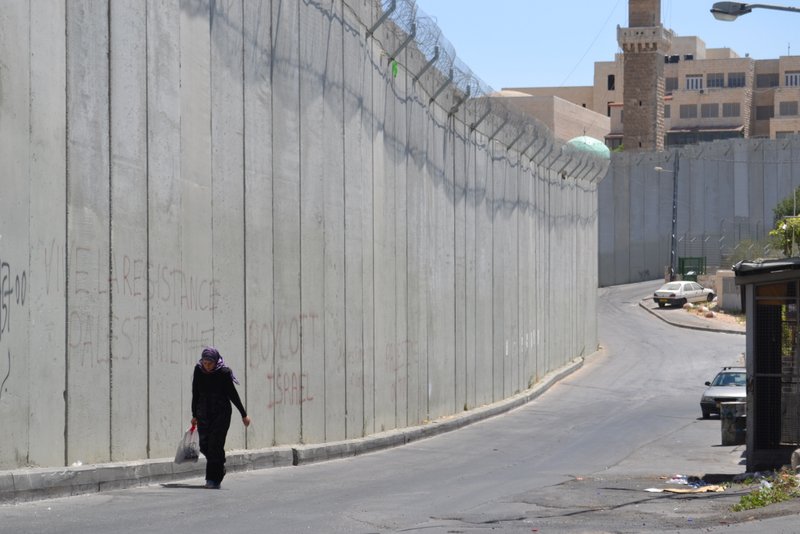
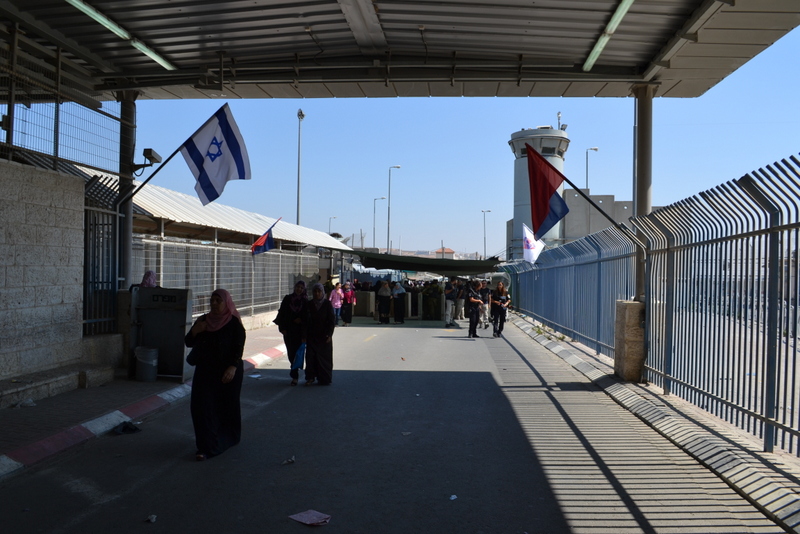
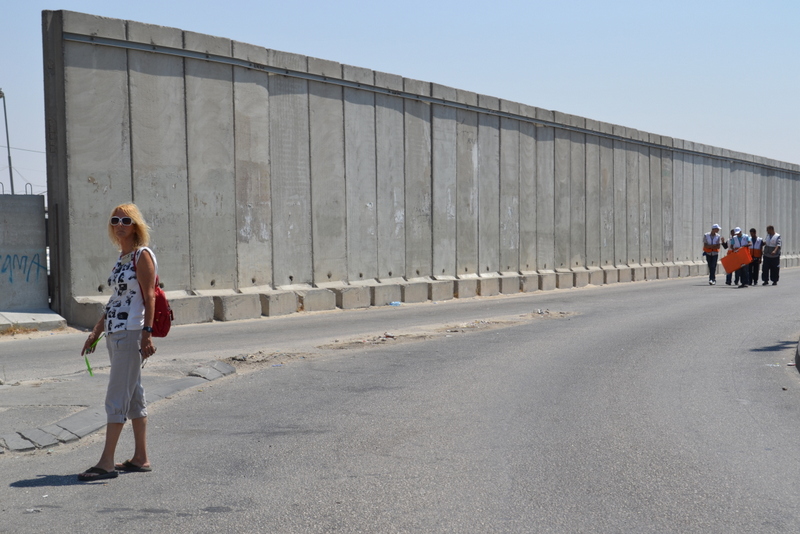


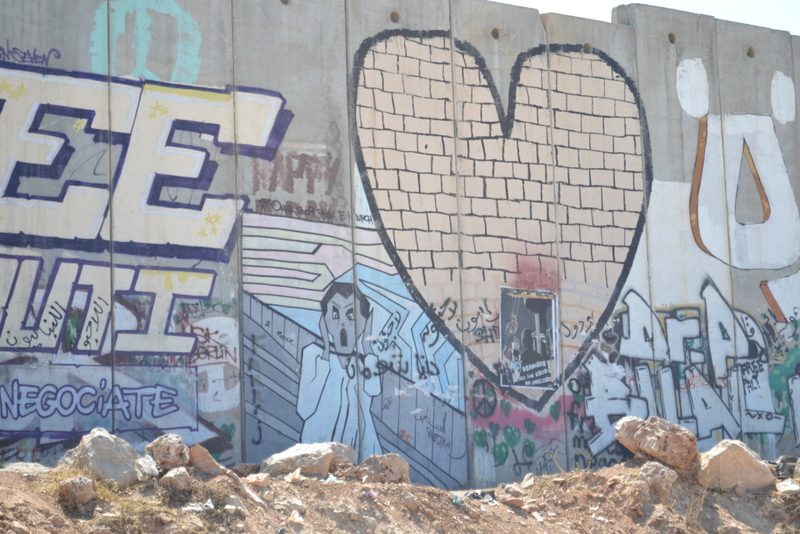

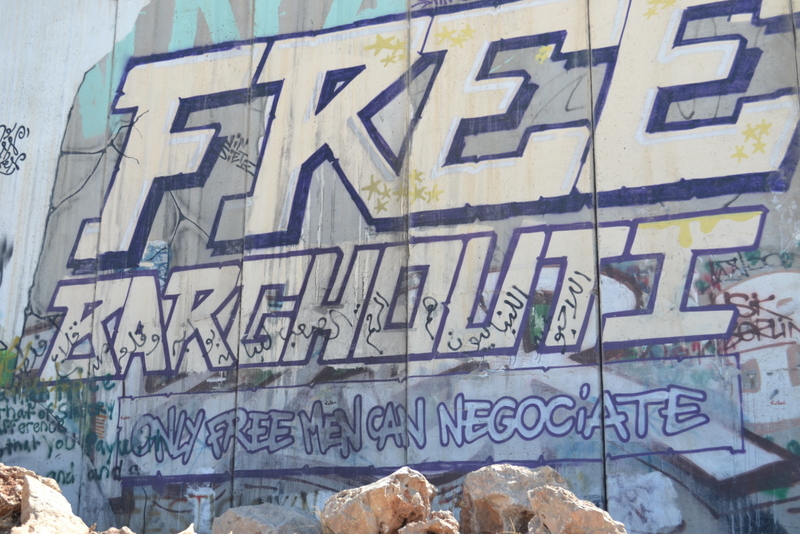
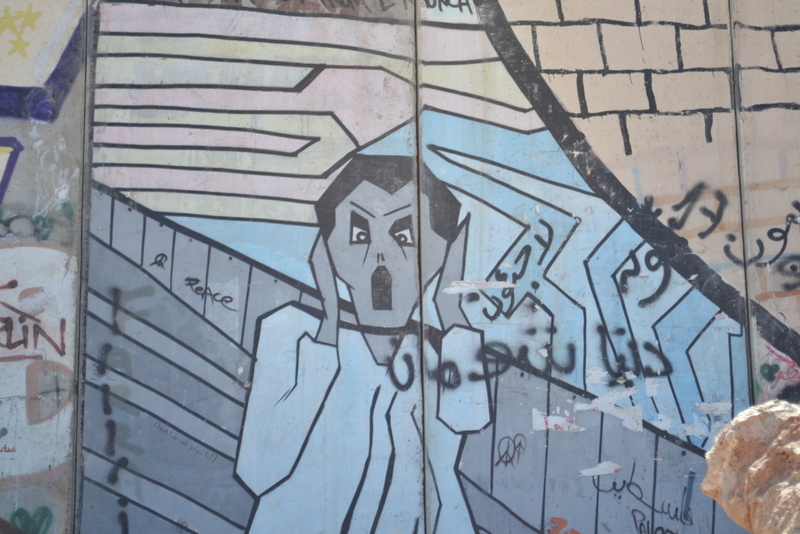

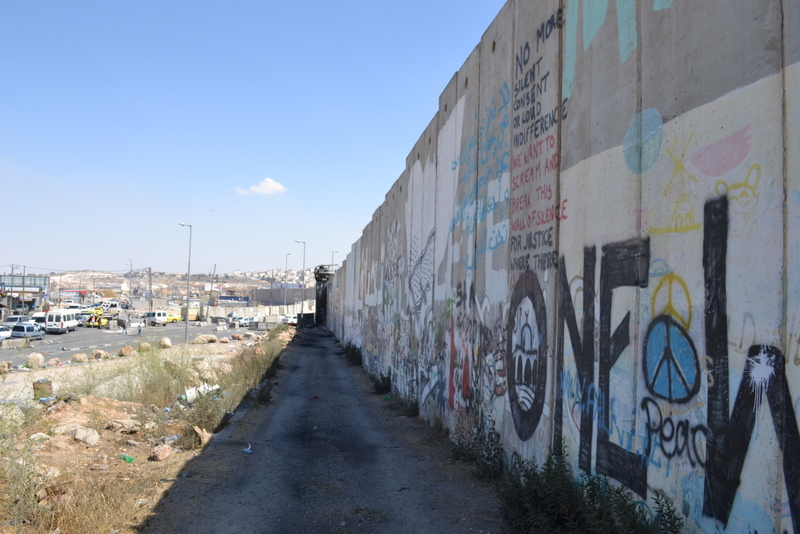
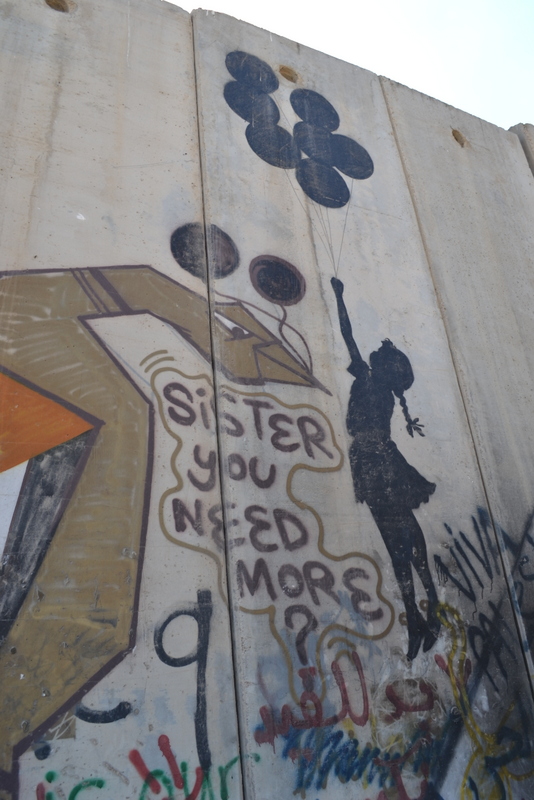
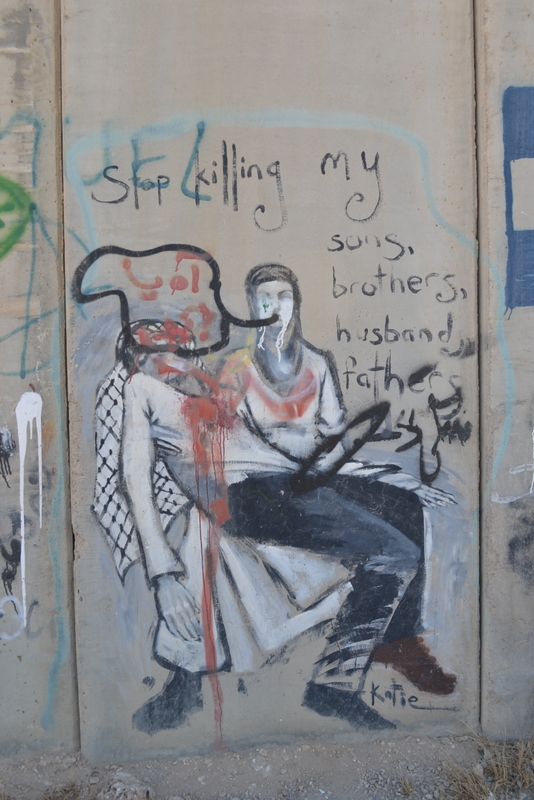
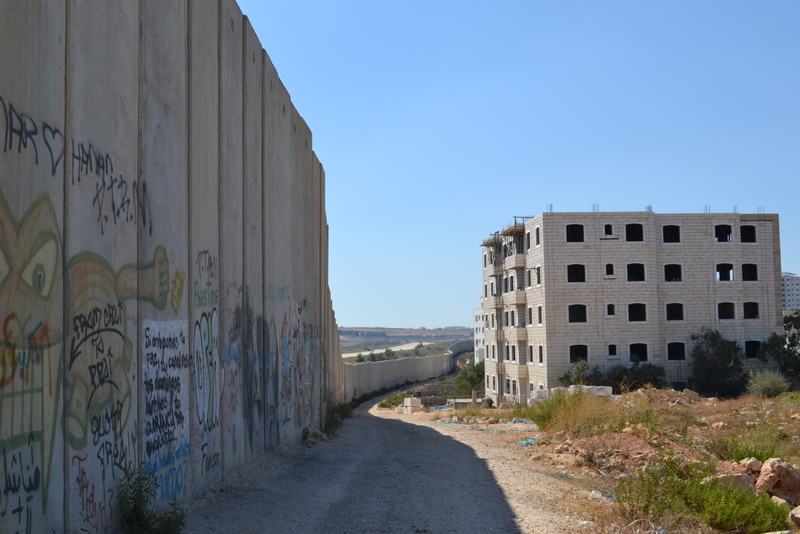


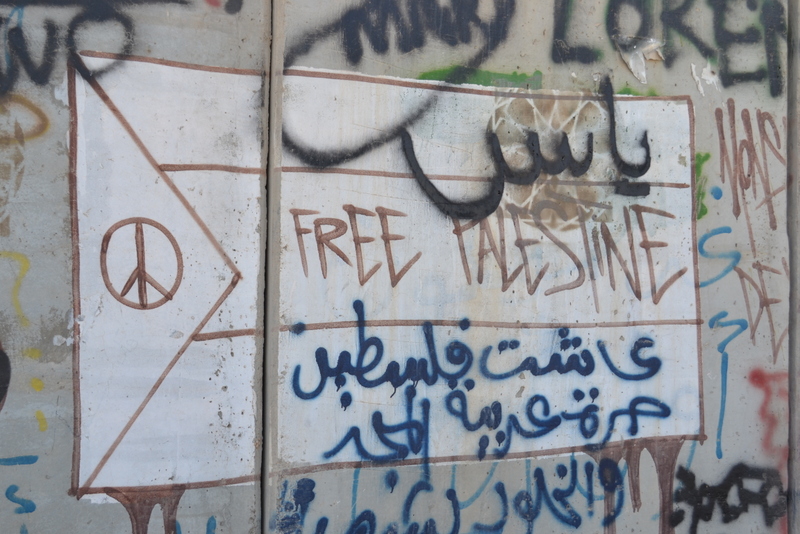




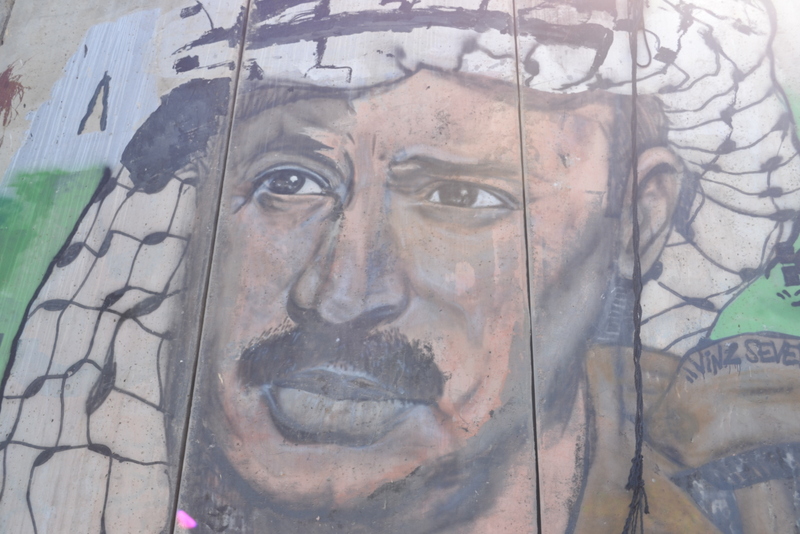
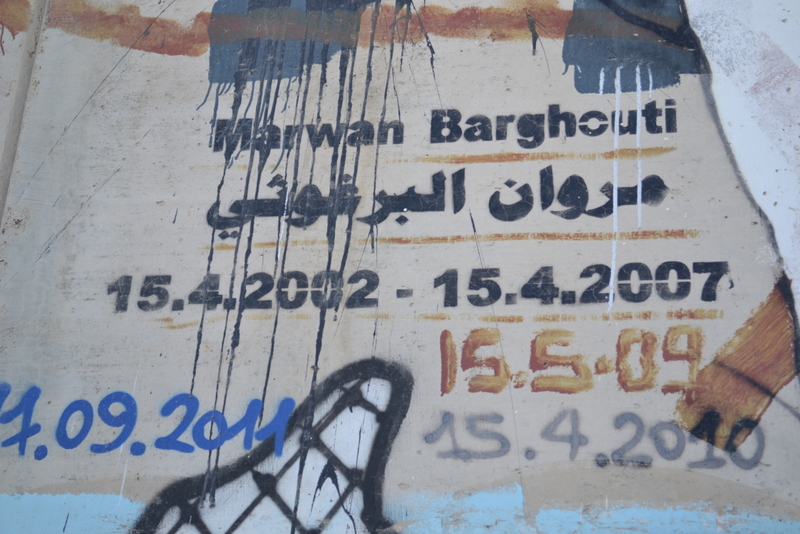
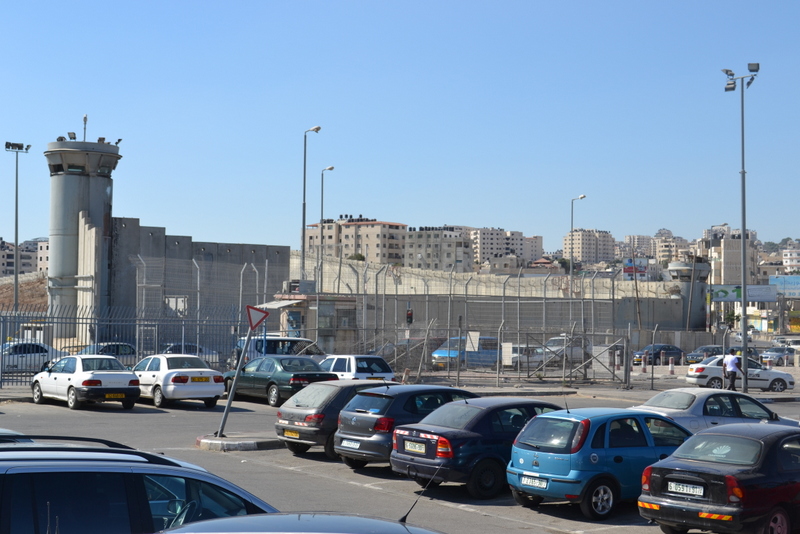
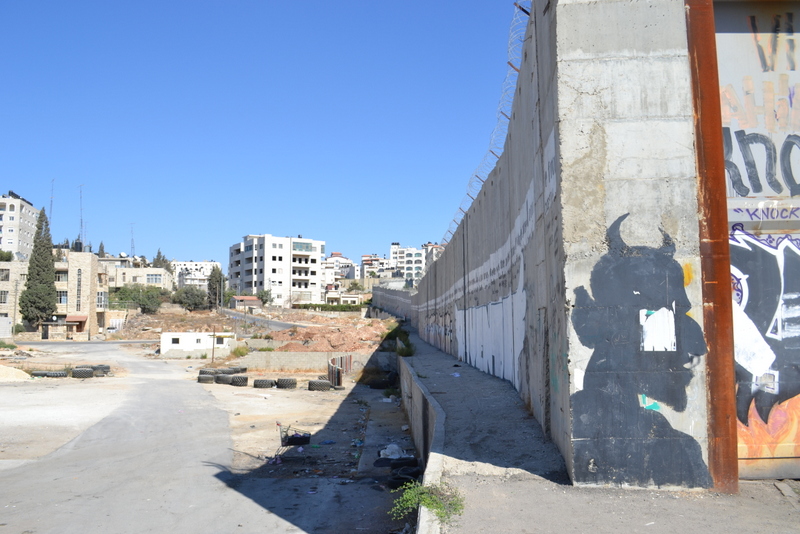
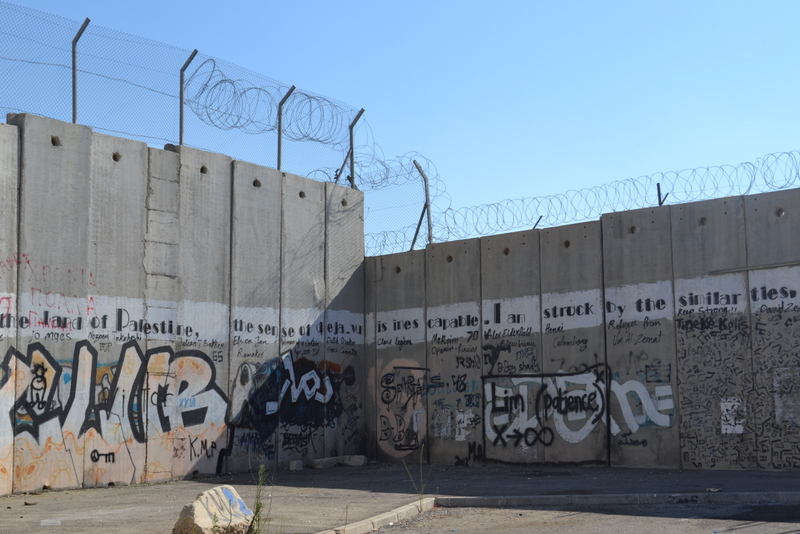
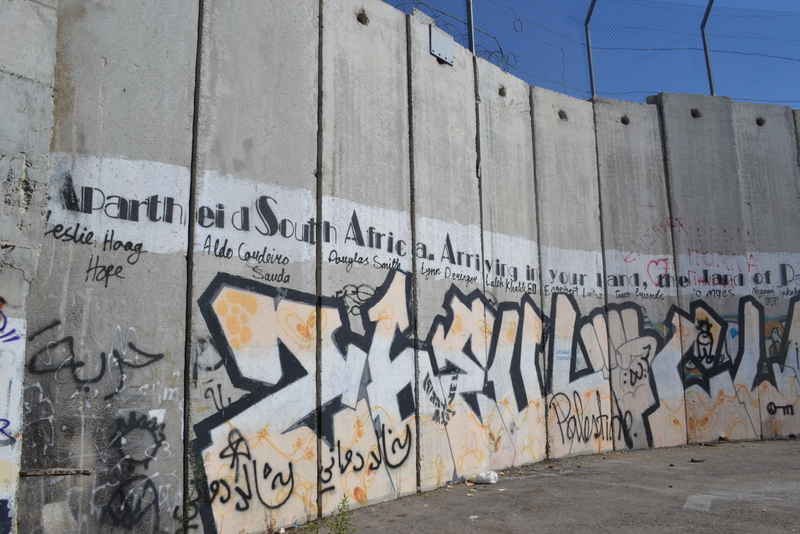
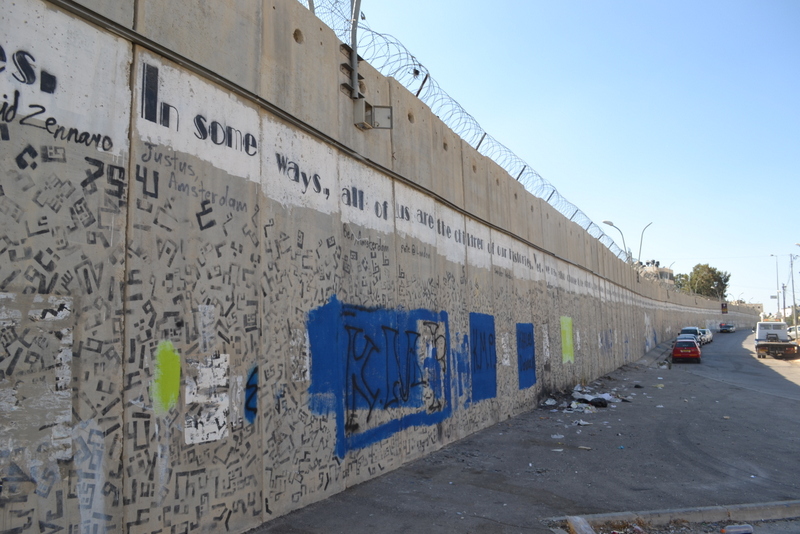



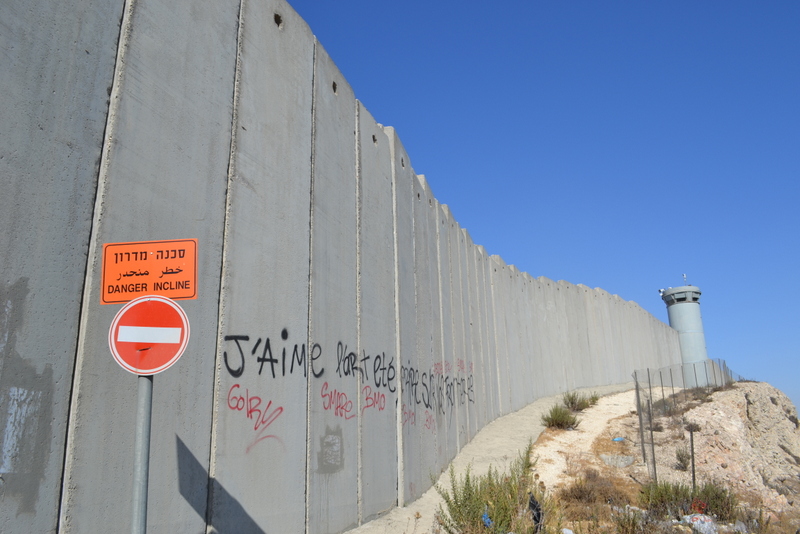
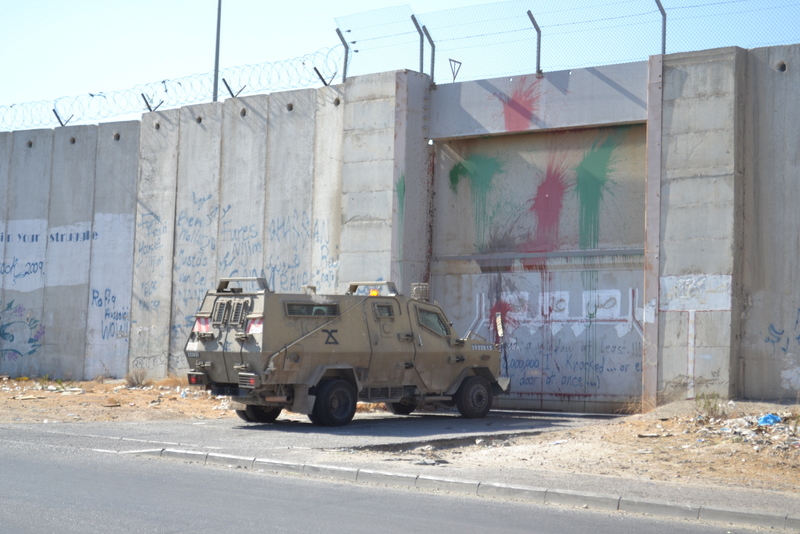

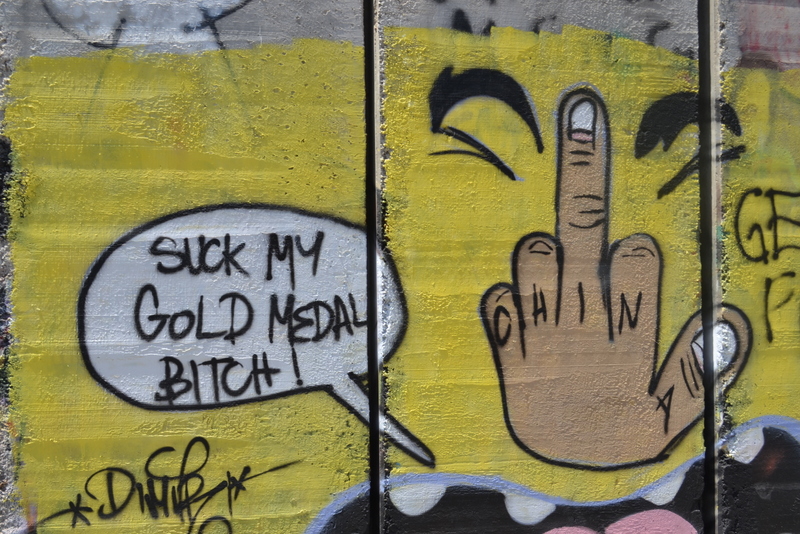




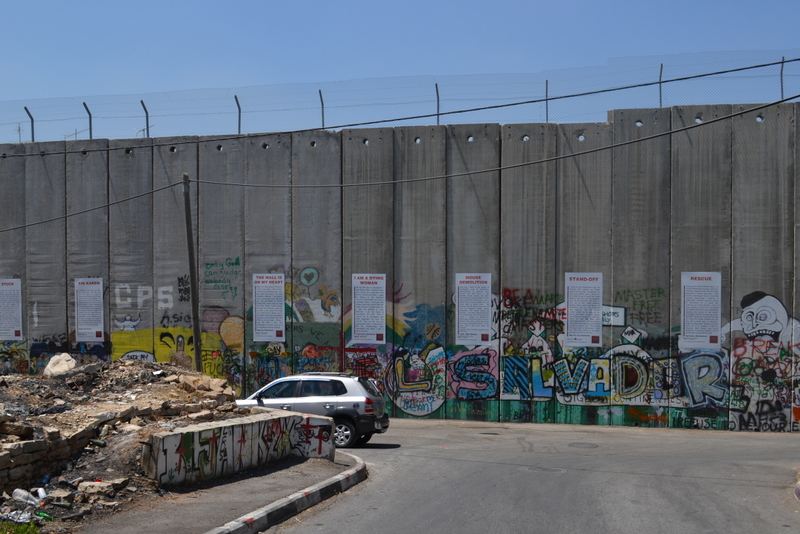

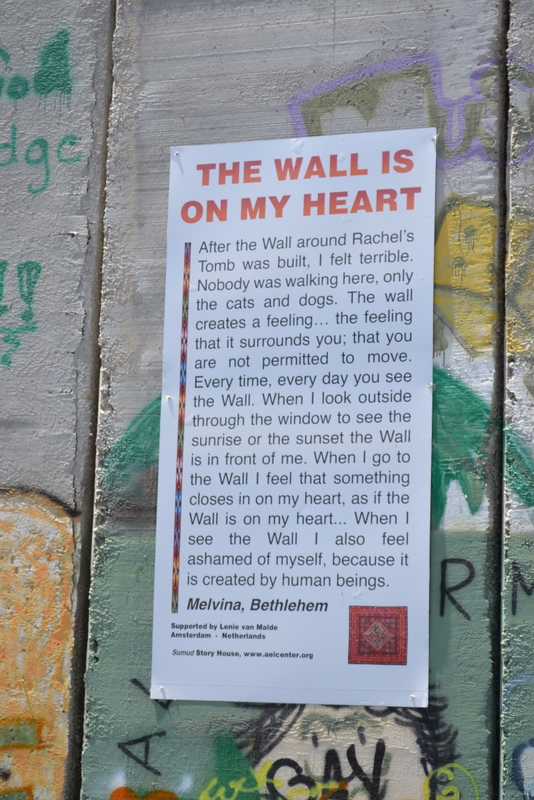


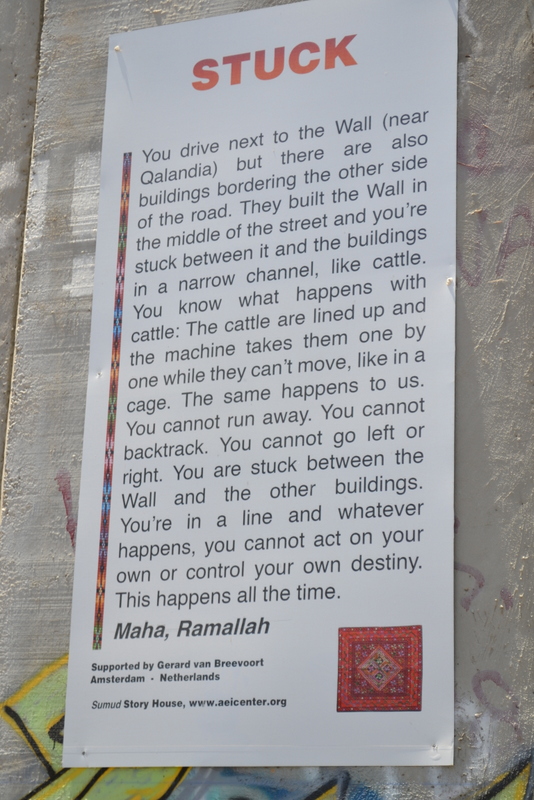
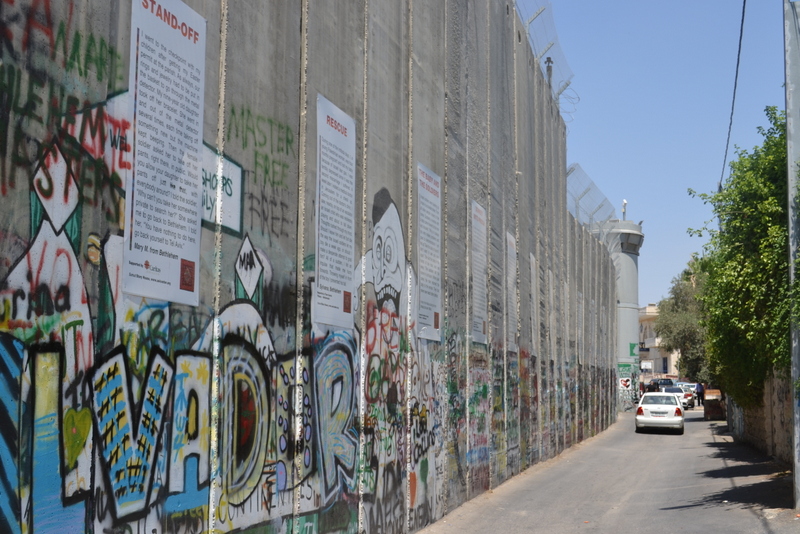
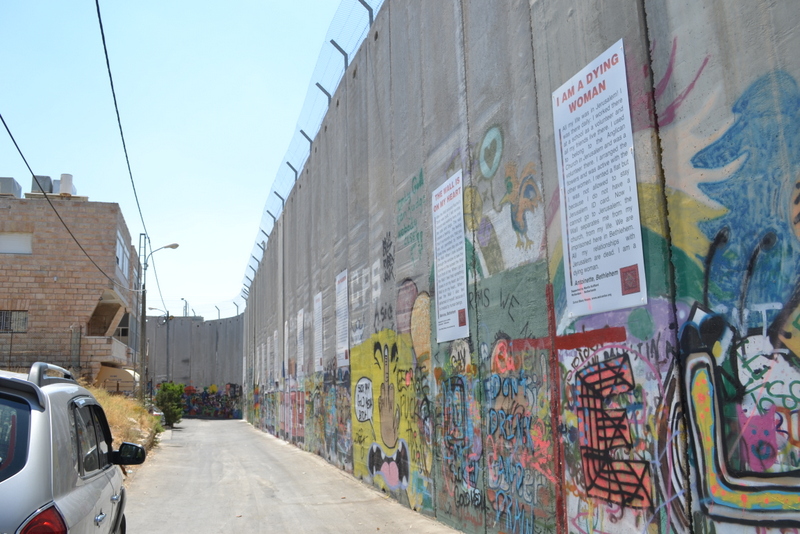

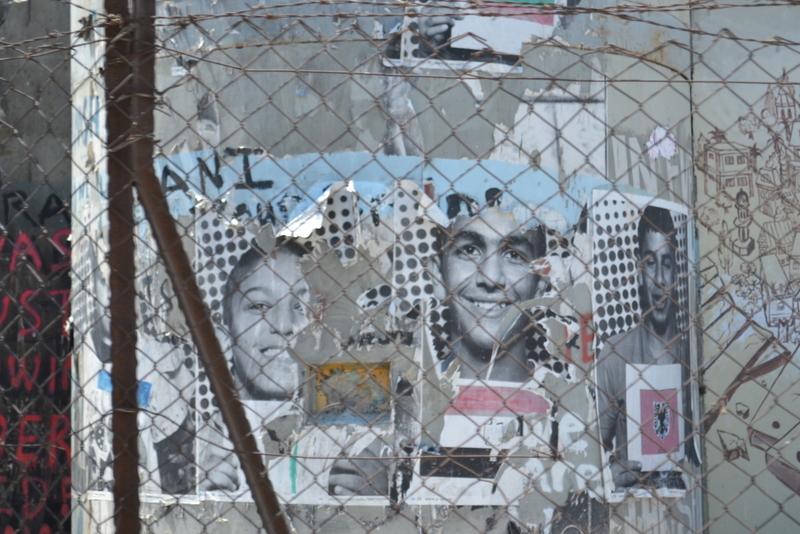





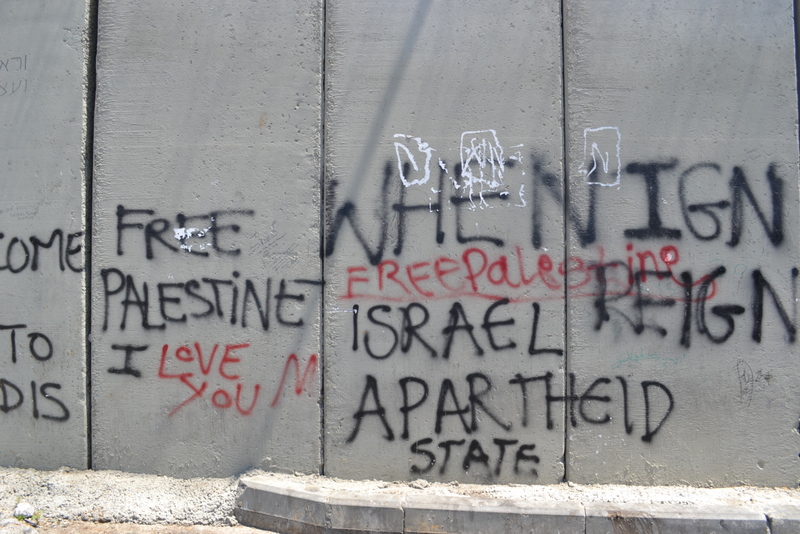


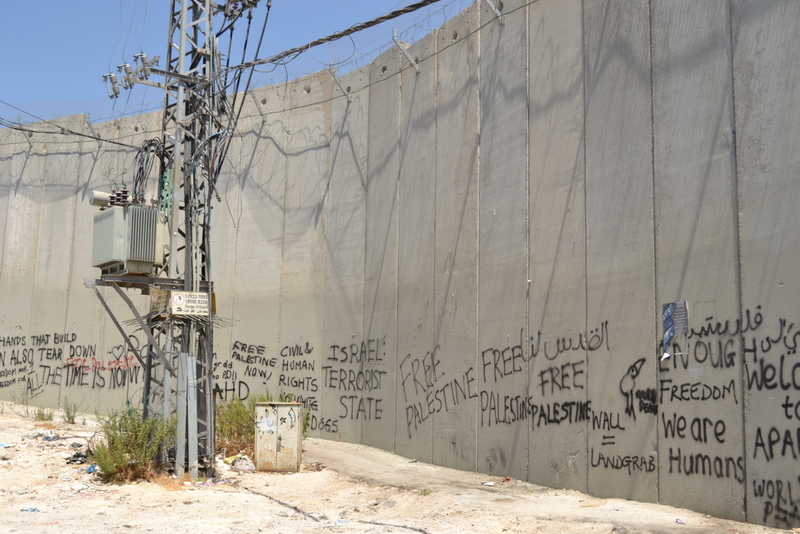
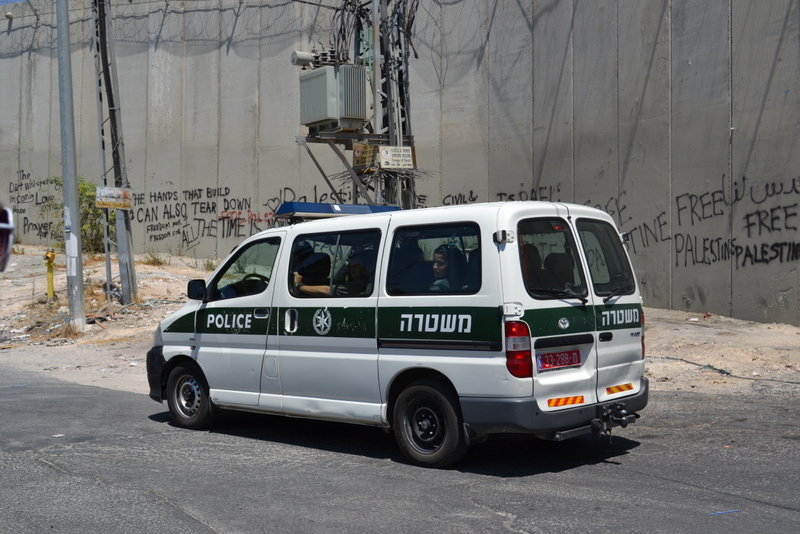




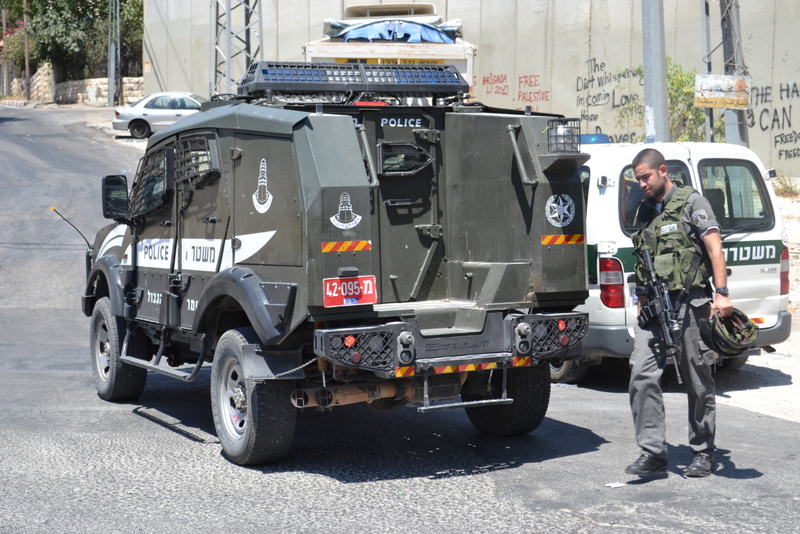

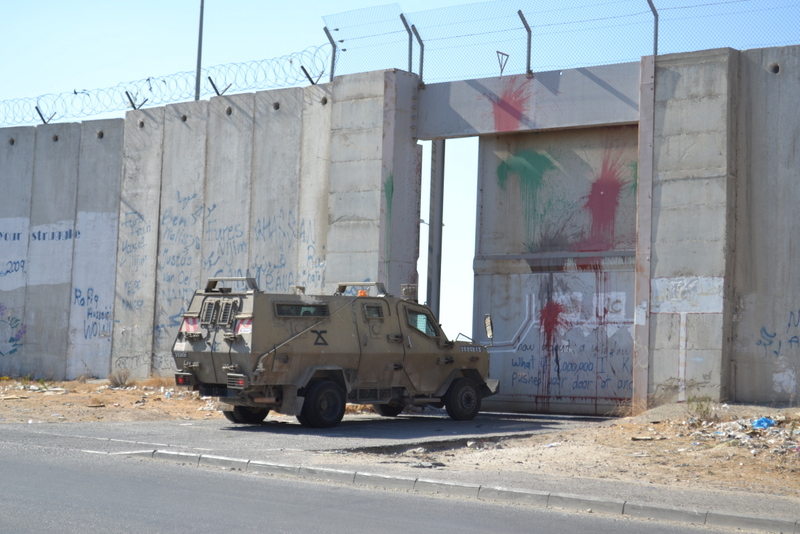



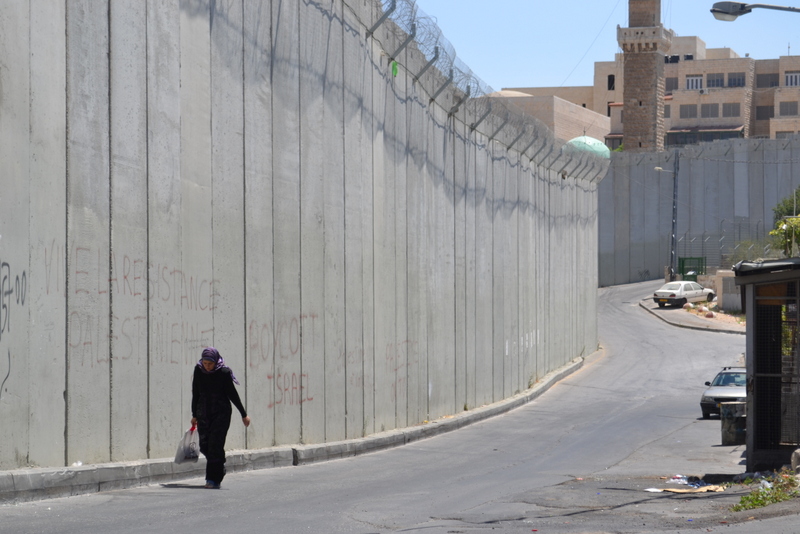

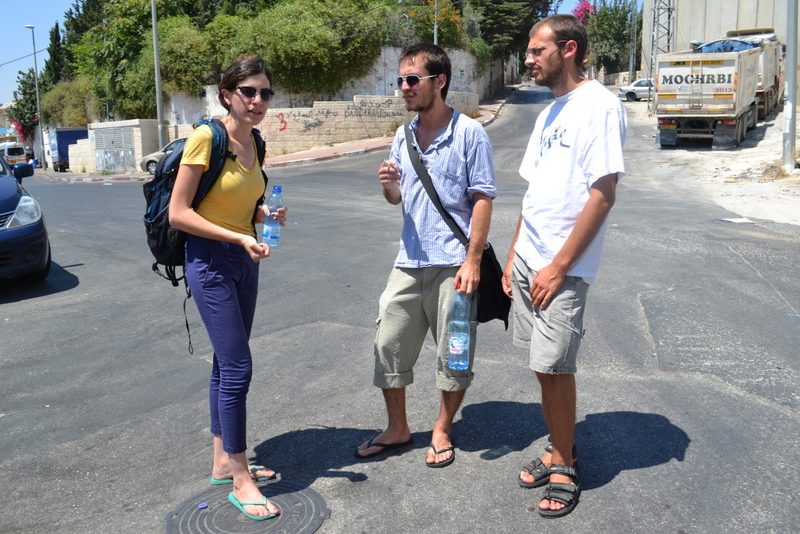
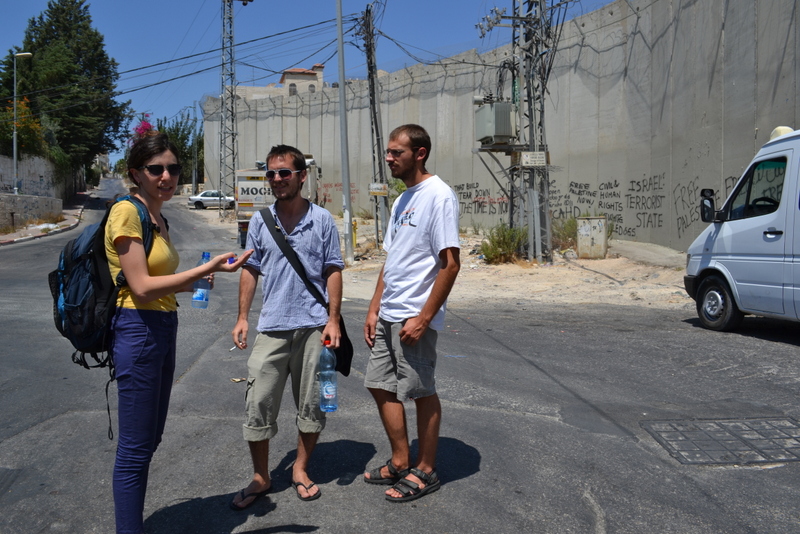

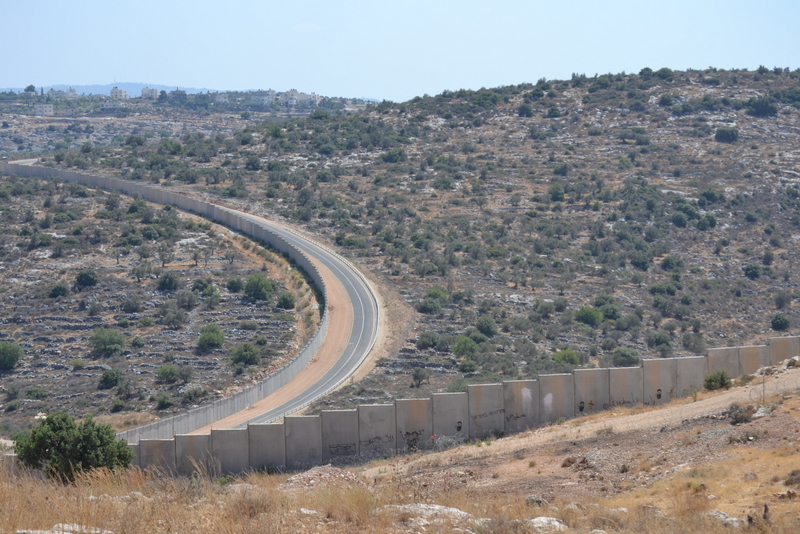
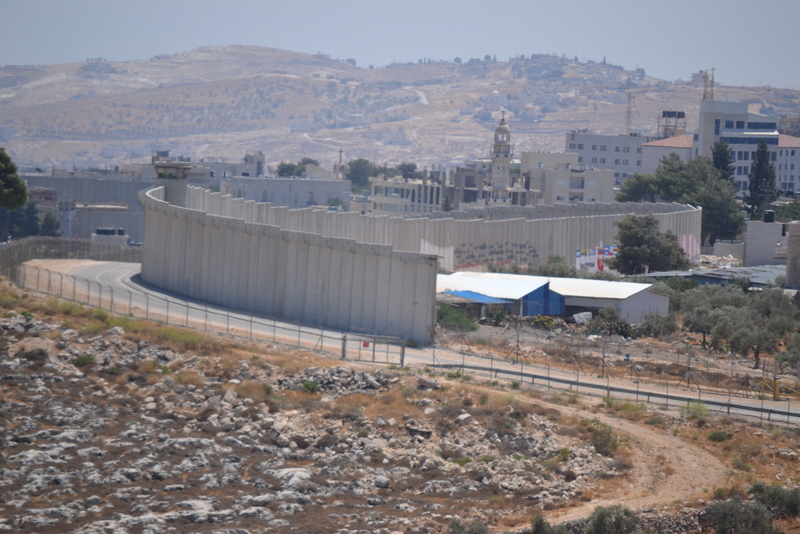

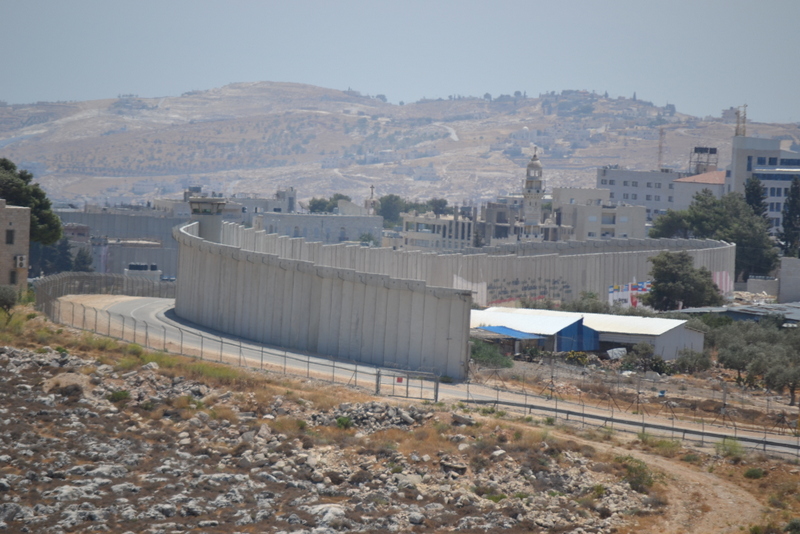
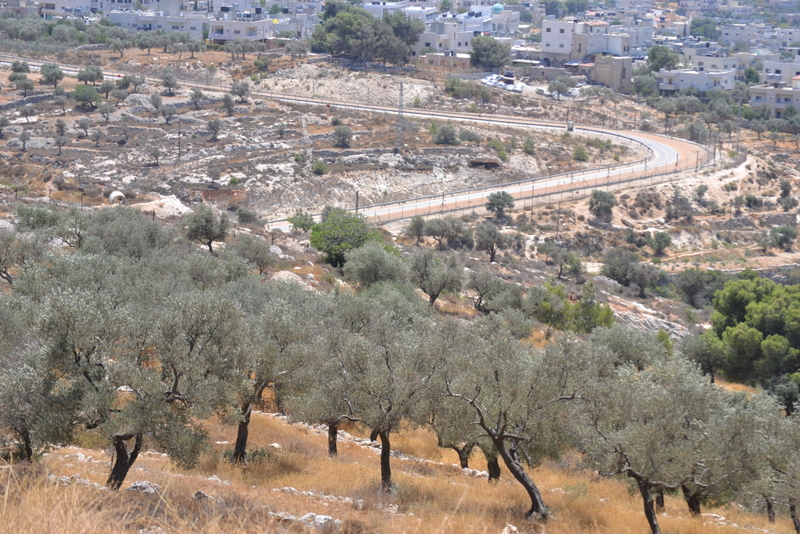



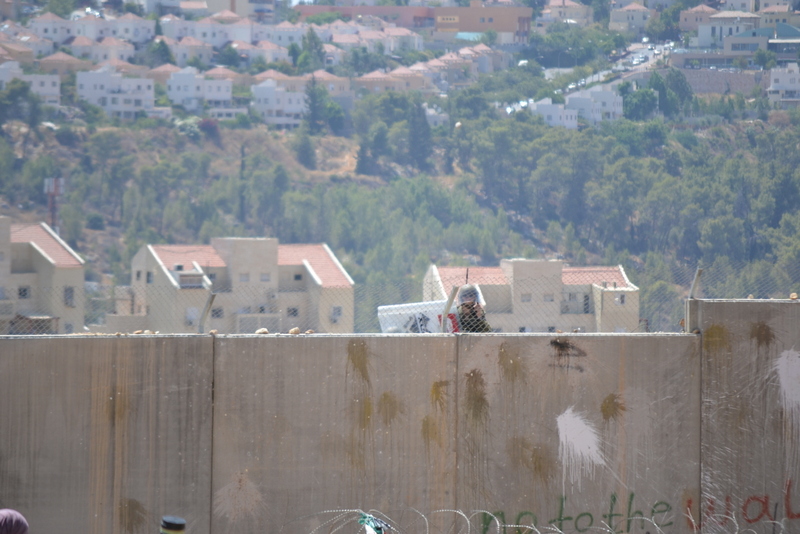
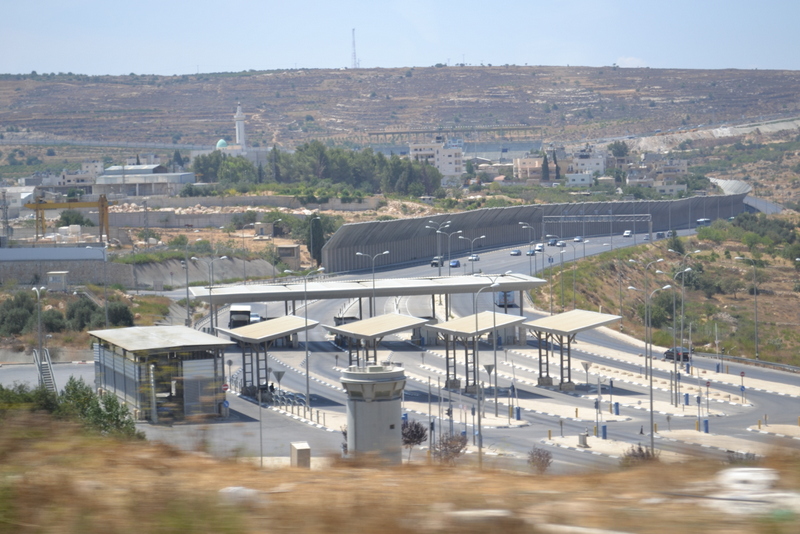


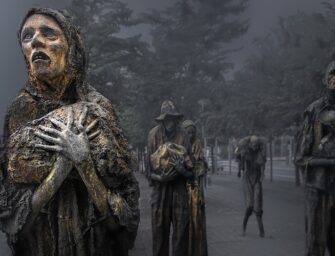


There are no comments
Add yours